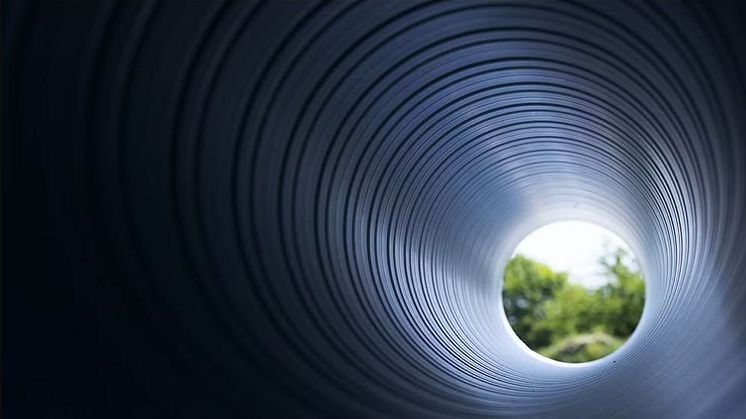Lindab UK Completes Acquisition of HAS-Vent
Lindab UK and HAS Vent Ltd are pleased to announce the successful completion of Lindab’s acquisition of HAS Vent Ltd, following the fulfilment of all necessary regulatory requirements.
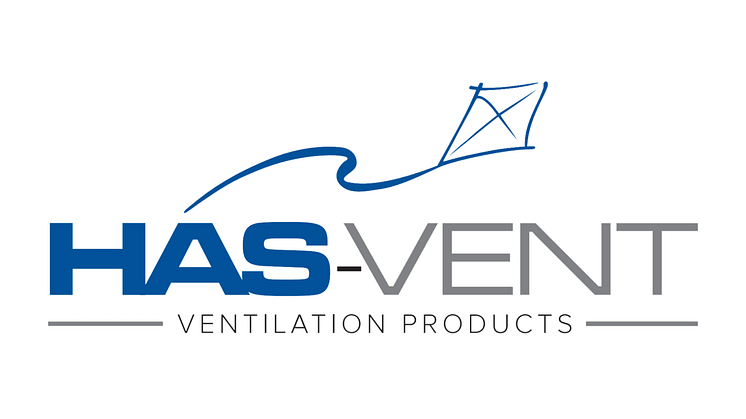
Lindab UK and HAS Vent Ltd are pleased to announce the successful completion of Lindab’s acquisition of HAS Vent Ltd, following the fulfilment of all necessary regulatory requirements.

Choosing to install below standard may seem like an acceptable corner-cutting exercise, but it can lead to significant issues down the line. Installing ducting made to DW144 standards is not just a technical requirement; it’s a commitment to excellence that ensures you meet the needs of your customer and protect the reputation of your business.

Disys Technologies proudly announces its successful attainment of SafeContractor approval, underscoring its commitment to safety and excellence in electrical services.
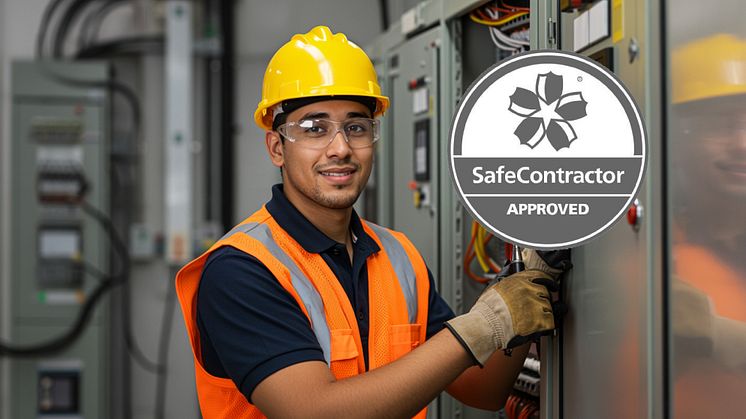
Selecting and installing the right sound attenuator for your ventilation system is a critical step towards achieving a quiet, efficient, and balanced ventilation system. By understanding the requirements, utilising the right tools, and following the correct installation procedures, you are on the right track to ensuring quiet ventilation for any building.

Reducing noise in your ventilation system isn't just about comfort; it's a significant contribution to a healthier, more productive indoor environment.

Lindab Appoints Nick Glover as National Sales Manager for Profile Business
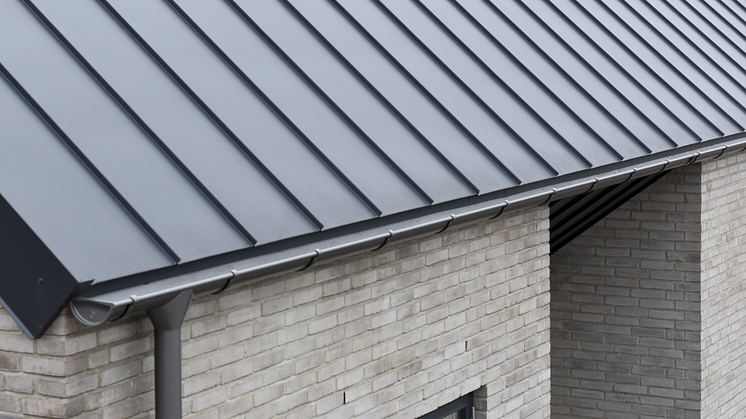
The Science Based Targets initiative (SBTi) is an international framework for science-based climate targets in line with the Paris Agreement's goal of limiting global warming to 1.5°C. After a process of submitting data supported targets, including a long-term net-zero target for external validation, it is now established that Lindab’s emission reduction targets have been approved by SBTi.
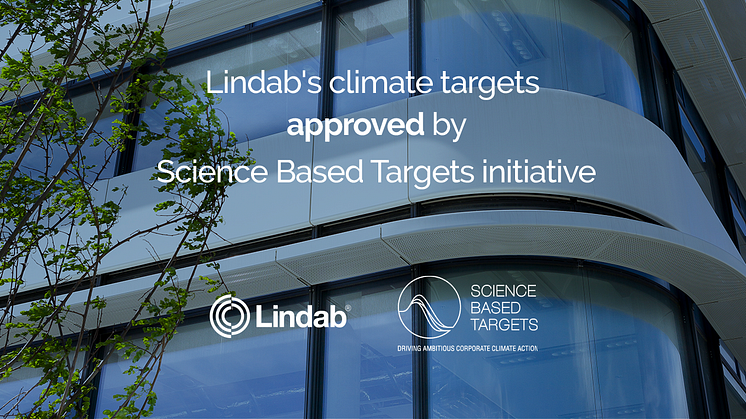
Temperature is one of the main factors that determines how comfortable we feel indoors. Both high and low temperatures can affect mental ability, work capacity, strength and mobility. How we experience temperature varies from one individual to another, depending on for example age, clothing and health.

VOCs have short and long-term effects on health. So how can VOC levels be reduced to minimise the impact?
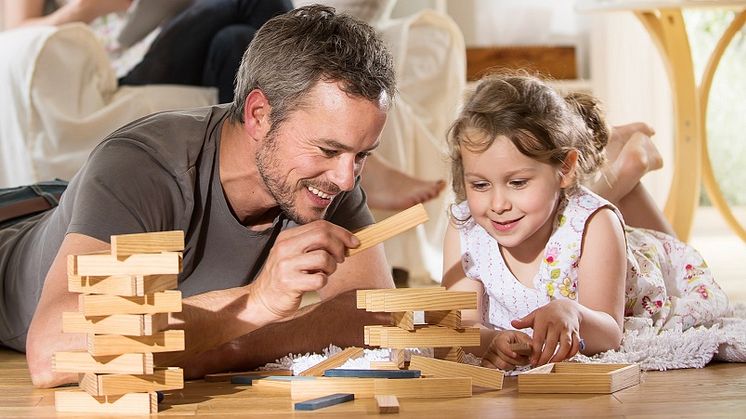
Through research, advocacy, and education, FGK works to promote healthy, energy-efficient, and sustainable indoor environments. An FGK Literature Review highlights a critical link between indoor air quality and productivity, concentration, and health in schools and workspaces
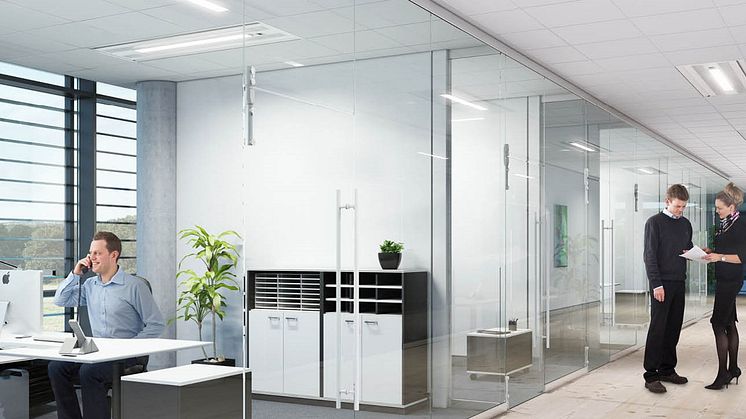
Lindab Ltd is thrilled to announce its recent partnership with the Construction Leadership Council (CLC) as a Construct Zero Partner.
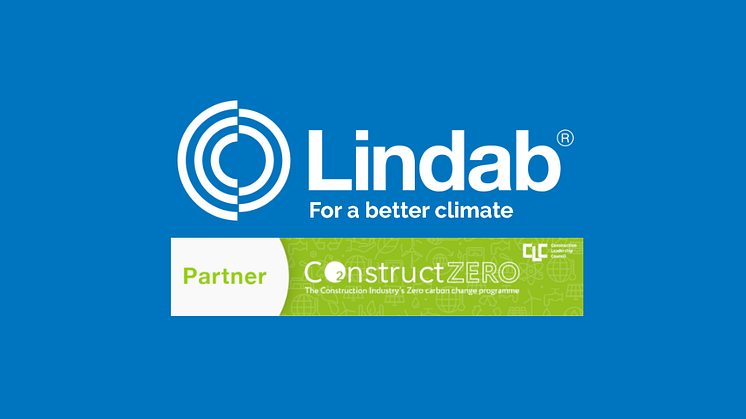
Relative humidity is the amount of moisture present in the air. When it goes below 30% you may experience irritation and discomfort. When it goes above 60% the presence of moisture and dirt can cause mould and other biological contaminants to thrive. Too much humidity can also cause damage to the building.
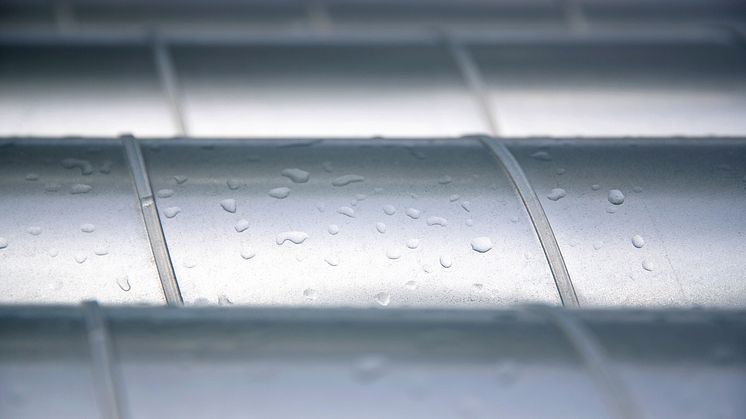
Carbon dioxide is normally used as an indicator of air quality. When the carbon dioxide levels are high it’s an indication of stagnant, stale air which normally has more particles and emissions which in turn can cause other problems both for your health and for the building.

High or unbalanced pressure drop can lead to increased running costs and inefficient performance of your ventilation system. In this post we will look at four important factors that can affect the pressure drop of the ventilation system in your building.
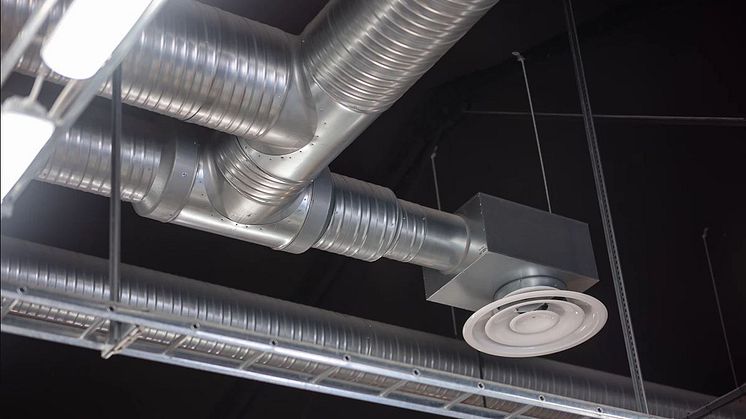
From the very first moment in life we need air. We start life by taking a deep breath of air and from that very moment we are dependent on it – for life, health and wellbeing. So, why should we care about our indoor air quality?
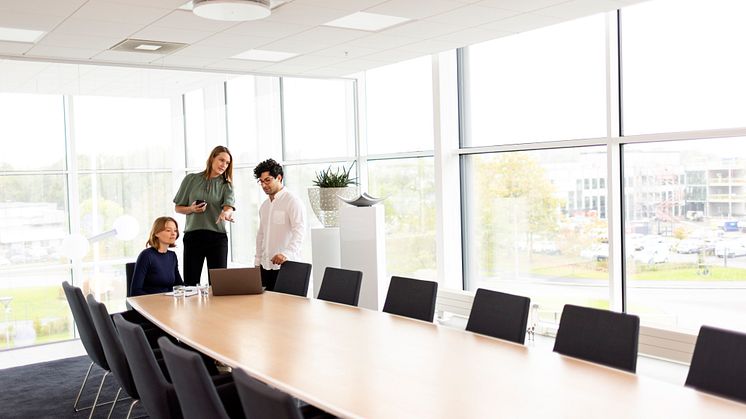
Pressure drop can be a source of wasted energy and is an important parameter in determining the overall running costs of a building’s ventilation system. In this blog post, we’ll try to explain pressure drop in a simplified way, how pressure drop data is used in ventilation design and why low pressure drop contributes to a more energy efficient ventilation system.

Lindab's journey toward reduced CO₂-emissions - first stop: decarbonised steel
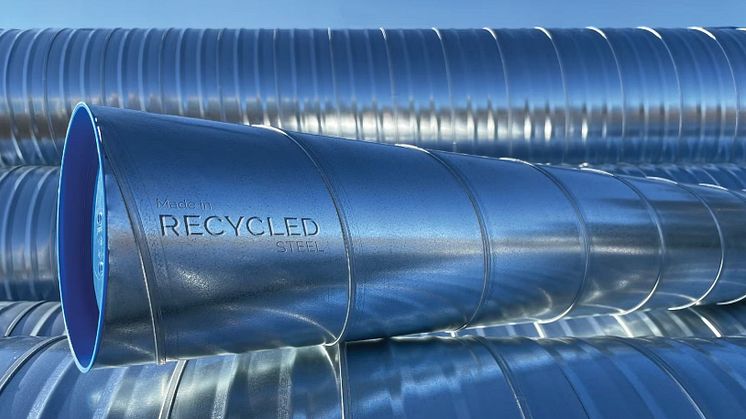
Lindab and Castellum are collaborating on duct systems in fossil-free steel for a renovation project in Stockholm, Sweden. Lindab is the first ventilation company in the world to receive a pilot delivery of fossil-free steel from SSAB. Castellum is significantly reducing the project's climate impact by choosing fossil-free ventilation ducts for its refurbishing.
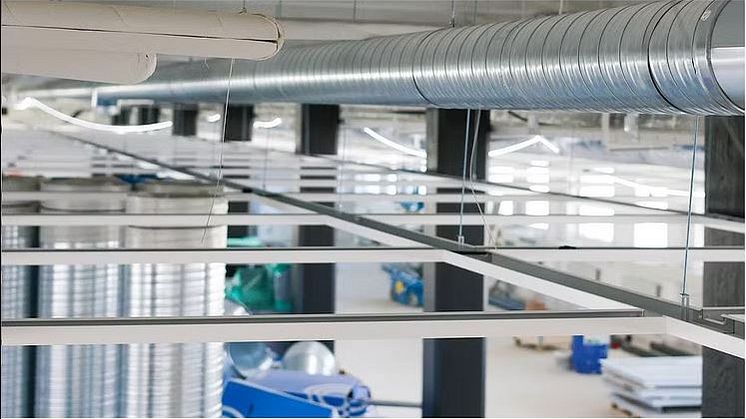
Lindab will deliver the world's first ventilation ducts in fossil-free steel to an innovative construction project in Lund, Sweden. The real estate company Vectura is developing and managing the project, and Skanska will handle the construction. The aim is for the property to be LEED Gold certified.
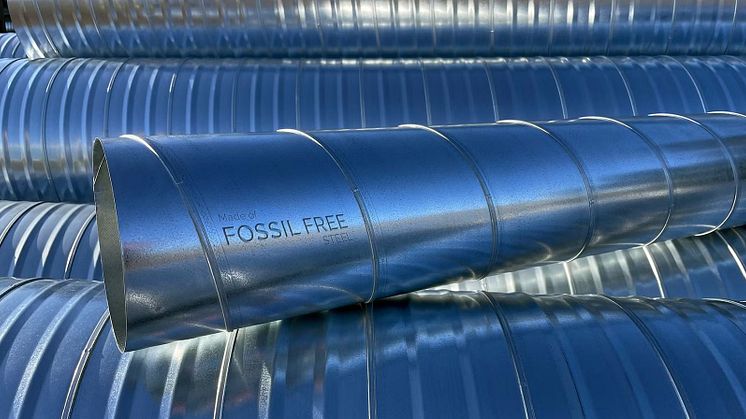
As one of few companies in the world, Lindab will receive a test delivery of fossil-free steel from SSAB. Lindab will offer its customers a limited number of ventilation and building construction products made from fossil-free steel.
